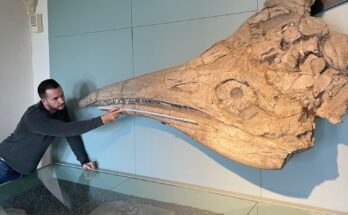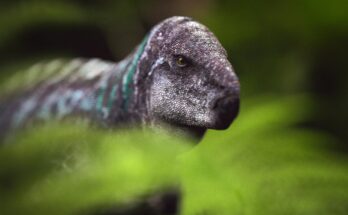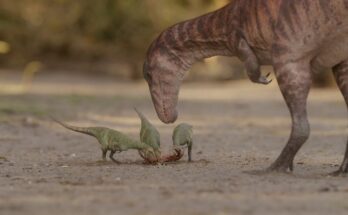The Fascinating History of Velociraptor: The Speedy Predator of the Cretaceous
Introduction
When you hear the word “Velociraptor,” you might picture the cunning, pack-hunting dinosaurs from Jurassic Park. But the real Velociraptor was even more fascinating—and quite different from its Hollywood portrayal.
This small, feathered predator lived during the Late Cretaceous period, around 75 to 71 million years ago, in what is now Mongolia and China. Despite its modest size, Velociraptor was a highly intelligent and agile hunter, equipped with sharp claws, keen senses, and possibly even social behaviors.
In this deep dive, we’ll explore:
- The discovery and naming of Velociraptor
- Its physical characteristics and behavior
- The truth about its feathers and size
- How Jurassic Park changed its public perception
- Recent scientific breakthroughs
By the end, you’ll see why Velociraptor remains one of the most intriguing dinosaurs ever discovered.
1. Discovery and Naming: The First Velociraptor Fossils
The Gobi Expeditions and the First Find
Velociraptor was discovered in 1923 during an American Museum of Natural History (AMNH) expedition to the Gobi Desert in Mongolia. The team, led by paleontologist Henry Fairfield Osborn, was searching for fossils when they uncovered a skull and a famous “killing claw.”
The name “Velociraptor” comes from the Latin words:
- Velox = “swift”
- Raptor = “thief” or “plunderer”
So, Velociraptor means “swift thief”—a fitting name for a fast, agile predator.
The Fighting Dinosaurs: A Historic Fossil
One of the most famous Velociraptor fossils was found in 1971—a specimen locked in battle with a Protoceratops, a small horned dinosaur. This incredible fossil shows:
- The Velociraptor’s sickle claw embedded in the Protoceratops’ throat.
- The Protoceratops biting the Velociraptor’s arm.
This suggests Velociraptor was an active hunter, possibly ambushing prey.
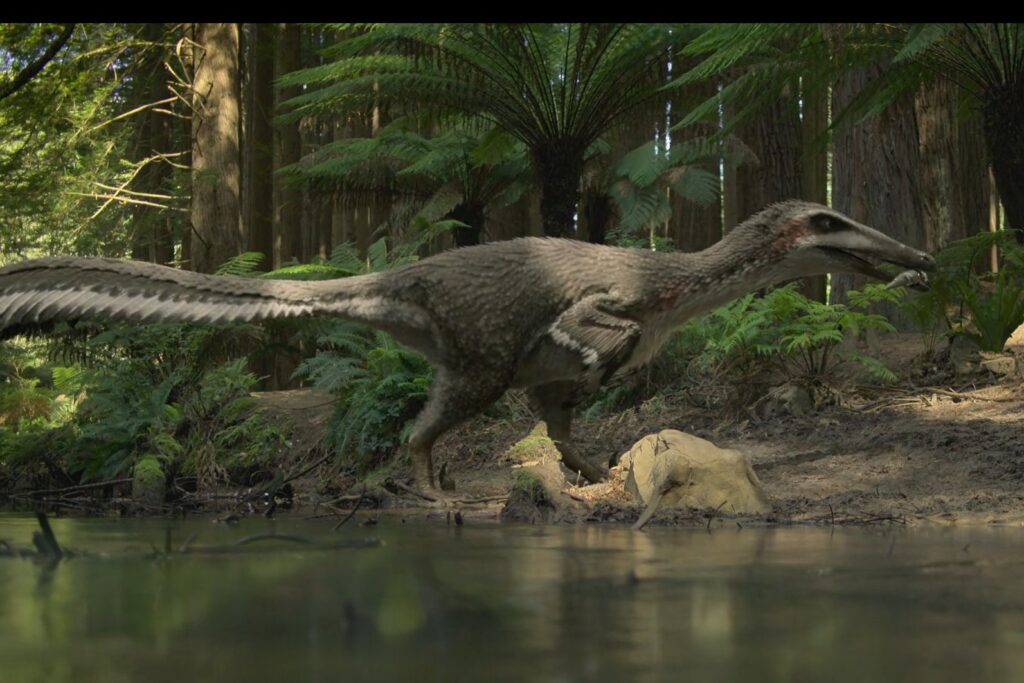
2. What Did Velociraptor Really Look Like?
Size and Build: Not a Giant Killer
Contrary to Jurassic Park, Velociraptor was not 6 feet tall. Real Velociraptors were:
- Length: About 6.8 feet (2 meters)
- Height: 1.6 feet (0.5 meters) at the hip
- Weight: 33–43 lbs (15–20 kg)—about the size of a turkey!
Feathers: The Dinosaur-Bird Connection
Since the 1990s, scientists have found evidence that Velociraptor had feathers. Key discoveries include:
- Quill knobs (bone structures where feathers attach) on its arm bones.
- Close relation to modern birds (part of the Dromaeosauridae family).
While it couldn’t fly, its feathers likely helped with:
- Insulation (staying warm)
- Display (mating or intimidation)
- Balance while running
Deadly Weapons: Claws and Teeth
Velociraptor’s most famous feature was its sickle-shaped claw on each foot:
- Up to 2.6 inches (6.5 cm) long.
- Used to pin down prey (not slash, as in movies).
Its teeth were:
- Serrated (like a steak knife).
- Designed for tearing flesh.
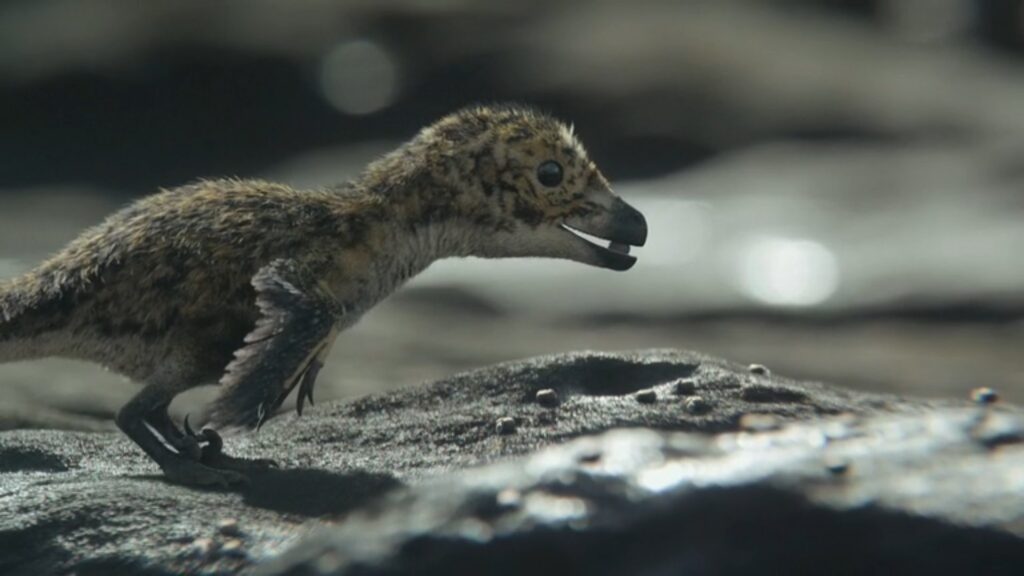
3. Behavior: How Did Velociraptor Hunt?
Solitary or Pack Hunter?
Jurassic Park showed Velociraptors hunting in packs, but evidence is inconclusive. Some scientists argue:
- They may have hunted alone (like modern Komodo dragons).
- Or in loose groups (like birds of prey).
The “Fighting Dinosaurs” fossil suggests they were bold hunters, taking on prey larger than themselves.
Speed and Agility
Thanks to its:
- Lightweight body
- Long legs
- Stiff tail for balance
Velociraptor could likely run up to 24 mph (40 km/h)—faster than a human!
Intelligence: One of the Smartest Dinosaurs?
Velociraptor had a large brain relative to its size, suggesting:
- Problem-solving skills
- Advanced hunting strategies
- Possible social behaviors
(But it wasn’t as smart as a dolphin or primate, despite movie myths.)
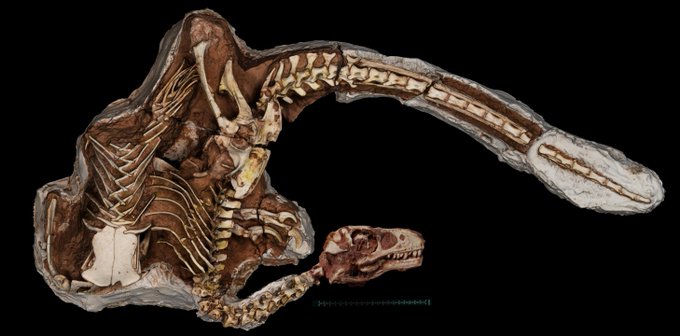
4. Velociraptor vs. Jurassic Park: Myths vs. Reality
Hollywood’s Version: Bigger, Balder, and Scarier
The Jurassic Park Velociraptors were based on Deinonychus (a larger cousin) and exaggerated for drama. Differences include:
| Real Velociraptor | Movie Velociraptor |
|---|---|
| Turkey-sized (20 kg) | Human-sized (200 kg) |
| Feathered | Scaly skin |
| Lived in deserts | Forest/jungle setting |
| Likely solitary | Pack hunters |
Why the Change?
Director Steven Spielberg wanted:
- More intimidating predators.
- A balance between science and entertainment.
(Paleontologists still debate the portrayal!)
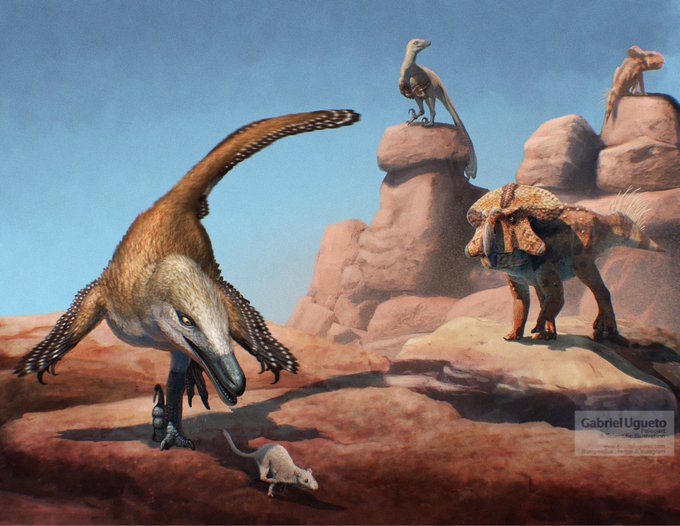
5. Recent Discoveries and Ongoing Research
New Fossils and Feather Evidence
Recent studies (like 2020 findings in Mongolia) confirm:
- More detailed feather structures.
- Possible color patterns (like stripes for camouflage).
Velociraptor’s Relatives
Velociraptor was part of the dromaeosaur family, which includes:
- Deinonychus (North America)
- Utahraptor (much larger, up to 23 ft long)
- Microraptor (a tiny, four-winged glider)
Could Velociraptor Vocalize Like a Bird?
Some scientists believe dromaeosaurs may have made bird-like sounds, not the growls heard in movies.
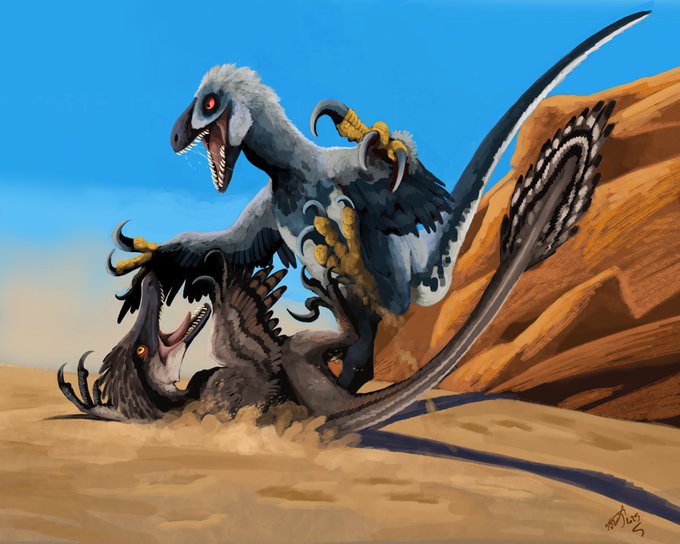
Conclusion: Why Velociraptor Still Captures Our Imagination
Velociraptor remains one of the most iconic dinosaurs—both for its real-life biology and its Hollywood fame. From its feathered body to its deadly hunting skills, this small but fierce predator proves that dinosaurs were far more complex than we once thought.
Key Takeaways:
✅ Discovered in 1923 in Mongolia.
✅ Small but deadly—turkey-sized, not human-sized.
✅ Had feathers, likely for warmth and display.
✅ Possibly hunted alone, not always in packs.
✅ Much smarter than most dinosaurs, but not a genius.
Whether you love the real science or the movie version, Velociraptor is a dinosaur that continues to surprise and inspire us.
Want More Dino Facts?
Check out our other posts on T. rex, Triceratops, and Spinosaurus!
Would you like a section on how to pronounce “Velociraptor” correctly or a fun quiz to test your knowledge? Let us know in the comments!
